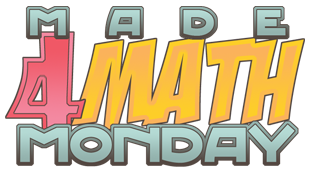When I have my students working in groups, there is always the inevitable bickering that can happen between kids. Someone is being too bossy, or someone is not helping, or someone is being so a-n-n-o-y-i-n-g! For the past few years I have introduced my students (even my 8th graders) to "kind reminders." I tell the students that they are responsible for handling this issues as they arise in their group. First I show them the following chart: Next, I have them role play the different situations. I assign one student in each group to "act lazy" while the others give that student a kind reminder such as "everyone is supposed to be helping right now." I also tell my students that if they are ever to receive a kind reminder, they are expected to stop doing the bossy, lazy, or annoying thing they were doing. It might sound too good to be true, but I'm telling you that more often than not, this works! I think it is the combination of telling the ...

















